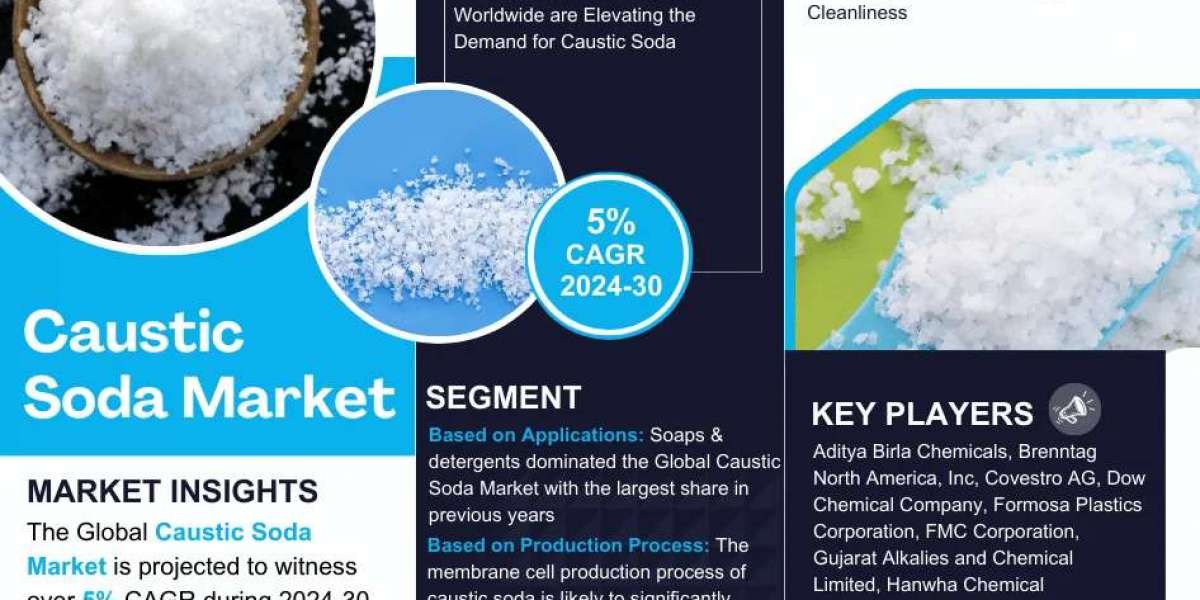The Membrane Electrode Assembly (MEA) is a crucial component in fuel cells, responsible for converting chemical energy into electrical energy. It consists of a proton exchange membrane, catalyst layers, and gas diffusion layers. The efficiency of a fuel cell largely depends on the performance of the MEA, making it a critical component in the fuel cell system. In this article, we will explore the importance of the MEA and how it affects the overall efficiency of a fuel cell.
Understanding the Membrane Electrode Assembly
Understanding the Membrane Electrode Assembly (MEA) is crucial to comprehend the inner workings of fuel cells. Put simply, the MEA acts as a bridge between two vital components: the anode and cathode. It consists of three main layers – a proton exchange membrane sandwiched between two catalyst-coated electrode layers.
The purpose of this assembly is to facilitate the electrochemical reactions that occur within a fuel cell. As hydrogen gas flows into the anode side of the MEA, it is split into protons and electrons. The protons traverse through the membrane while electrons take an external path, creating an electric current that can be harnessed for various applications.
The key players in this process are undoubtedly the catalysts present on each electrode layer. Typically made from materials like platinum or other precious metals, these catalysts help speed up chemical reactions by providing sites for electron transfer.
But what makes MEAs truly remarkable is their ability to enable selective ion transport while preventing unwanted gas crossover. This means that only protons are allowed to pass through the membrane, ensuring efficient energy conversion without any leakage or loss.
To summarize briefly, understanding how MEAs function provides valuable insight into how fuel cells generate electricity from hydrogen and oxygen gases through controlled electrochemical reactions at their core. Now that we have grasped its basic concept let's delve deeper into exploring its role in enhancing fuel cell efficiency!
Role of Membrane Electrode Assembly (MEA) in Fuel Cells
The role of the Membrane Electrode Assembly (MEA) in fuel cells is crucial for their efficient and reliable operation. MEA acts as the heart of a fuel cell system, facilitating the conversion of chemical energy into electrical energy.
At its core, the MEA consists of three main components: a polymer electrolyte membrane (PEM), catalyst layers, and gas diffusion layers. The PEM serves as an ion conductor, allowing protons to pass through while blocking electrons. The catalyst layers, typically made of platinum nanoparticles embedded in carbon support materials, facilitate electrochemical reactions at the anode and cathode.
During operation, hydrogen gas flows over the anode side of the MEA while oxygen or air flows over the cathode side. The hydrogen molecules split into protons and electrons on contact with the catalyst layer at the anode. Protons migrate through the PEM to reach the cathode side where they combine with oxygen molecules and electrons from external circuitry to form water.
By playing a vital role in enabling these reaction processes within fuel cells, MEAs significantly impact their performance and durability. A well-designed MEA ensures optimal proton conductivity across its thickness while minimizing parasitic losses due to electron conduction through it. Additionally, uniform distribution of reactant gases across both sides promotes efficient utilization without causing flooding or drying out issues.
In conclusion,Membrane Electrode Assemblies are critical components that determine how efficiently a fuel cell can convert chemical energy into electrical power. By providing pathways for protons while restricting electron flow through them, MEAs enable effective electrochemical reactions that generate electricity without harmful emissions or moving parts.

Components and Function of MEA
The membrane electrode assembly (MEA) is a critical component of fuel cells, playing a key role in their efficiency and performance. This assembly consists of several important components that work together to facilitate the chemical reactions necessary for power generation.
One of the main components of an MEA is the proton exchange membrane (PEM). This thin polymer film serves as the electrolyte, allowing protons to pass through while blocking electrons. The PEM also needs to be chemically stable and durable to ensure long-lasting performance.
On either side of the PEM are catalyst layers, which contain precious metals like platinum. These catalysts help facilitate the electrochemical reactions at each electrode – oxidation at the anode and reduction at the cathode – by promoting proton transfer and electron flow.
To enhance conductivity, gas diffusion layers (GDLs) are placed on top of each catalyst layer. These porous materials allow reactant gases – typically hydrogen or methanol at the anode, and oxygen or air at the cathode – to diffuse evenly across their surfaces. They also provide mechanical support for other MEA components.
In addition to these primary components, MEAs may also include various forms of reinforcement materials, such as carbon cloth or paper, which improve structural integrity and thermal stability.
Every component within an MEA has its own unique function that contributes to efficient fuel cell operation. By working together harmoniously, they enable optimal ion conduction and electrochemical reactions necessary for generating electricity from hydrogen or other fuels.
Importance of MEA in Fuel Cell Performance and Durability
The membrane electrode assembly (MEA) plays a crucial role in determining the performance and durability of fuel cells. It serves as the heart of a fuel cell, converting chemical energy into electrical energy with remarkable efficiency. But what makes MEA so important?
One key aspect is its ability to facilitate the electrochemical reactions within a fuel cell. The MEA consists of three main components: a proton exchange membrane, an anode catalyst layer, and a cathode catalyst layer. These layers work together to enable the transfer of protons and electrons between the reactants and products.
The proton exchange membrane acts as both an electrolyte and a separator, allowing only positively charged protons to pass through while blocking other gases from mixing. This selective permeability is essential for maintaining optimal operating conditions within the fuel cell.
Moreover, the catalyst layers on either side of the membrane promote efficient electrochemical reactions by providing sites for oxygen reduction at the cathode and hydrogen oxidation at the anode. These catalyst layers are typically made up of platinum or other precious metals that enhance reaction rates.
In addition to facilitating reactions, MEAs also play a significant role in ensuring long-term durability. They must withstand harsh operating conditions such as high temperatures, humidity fluctuations, and mechanical stresses without compromising their performance.
Furthermore, optimization of material choices and manufacturing processes for MEAs can lead to improved power density, higher conversion efficiencies, extended lifespans, reduced costs, and enhanced overall system reliability—essential factors in making fuel cells more commercially viable.
In conclusion, it is evident that MEA's importance cannot be overstated when it comes to enhancing both performance and durability in fuel cells. As research continues to advance in this field, we can expect further improvements in MEA design that will undoubtedly contribute towards unlocking even greater potential for this clean energy technology!

Conclusion
The membrane electrode assembly (MEA) is a critical component for fuel cell efficiency. It plays a crucial role in facilitating the electrochemical reactions that generate electricity in fuel cells. The MEA consists of three main components: the proton exchange membrane, catalyst layers, and gas diffusion layers.
The proton exchange membrane acts as an ion conductor, allowing protons to migrate from the anode to the cathode while preventing electron flow. This enables the generation of electrical current. The catalyst layers, made up of platinum nanoparticles embedded in carbon supports, facilitate the oxygen reduction reaction at the cathode and hydrogen oxidation reaction at the anode. The gas diffusion layers help distribute reactant gases evenly across each electrode.
The performance and durability of fuel cells heavily rely on the quality and functionality of MEAs. Efficient ion conduction through membranes ensures optimal power output, while effective catalyst utilization enhances reaction kinetics and overall cell efficiency. Additionally, proper gas distribution minimizes concentration gradients within electrodes, reducing potential losses due to mass transport limitations.
By understanding how MEAs function and their importance in fuel cell technology, researchers can focus on developing more efficient materials and manufacturing techniques for improved performance and durability. Advancements in MEA design will contribute significantly to unlocking greater energy conversion efficiencies from renewable resources like hydrogen.
With ongoing research efforts aimed at optimizing MEA composition and structure, we can anticipate significant advancements in fuel cell technologies in terms of cost-effectiveness and scalability. These developments hold tremendous potential for clean energy applications across various sectors including transportation, stationary power generation systems,and portable electronics.
Overall,the continued progress in MEME development will undoubtedly accelerate our transition towards a more sustainable future powered by efficient fuel cell technologies!








